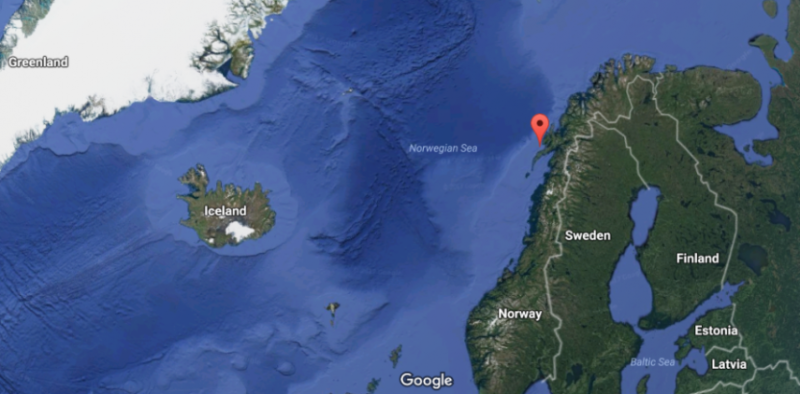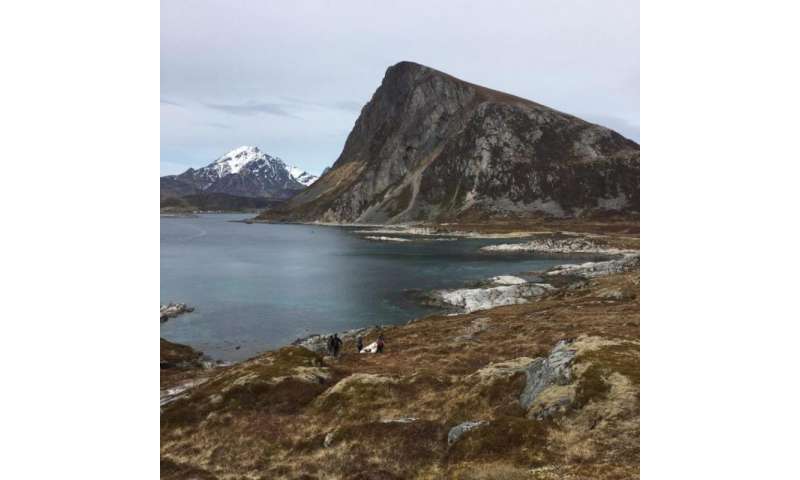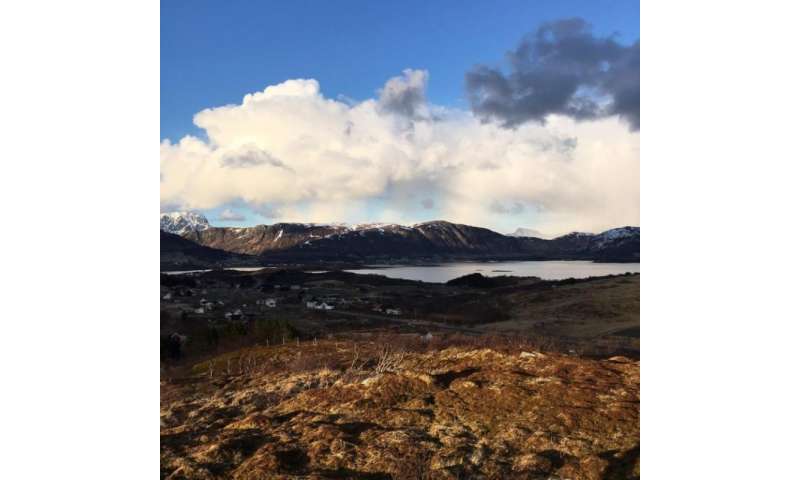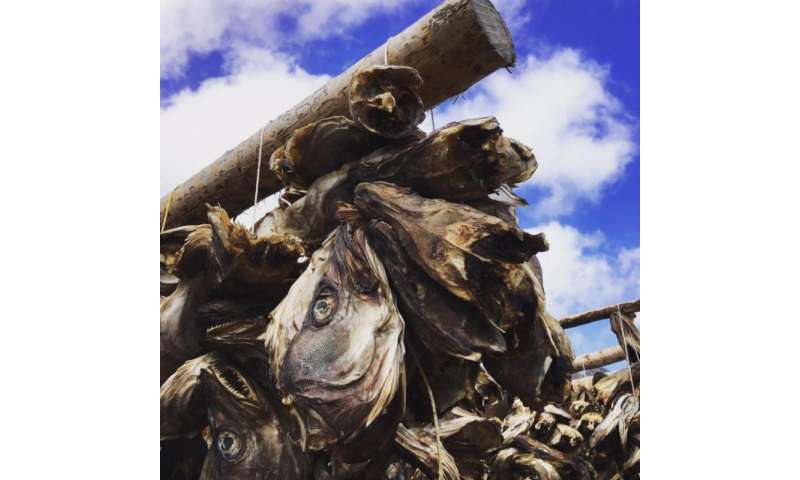Coring Arctic lakes to study Vikings

Billy D'Andrea, a Lamont-Doherty Earth Observatory paleoclimatologist and Center for Climate and Life Fellow is currently doing fieldwork in Norway's Lofoten Islands. He's interested in the natural factors that may have influenced the growth of northern agriculture and rise of violent Viking chieftains during the Iron Age, ca. 500 BC to 1100 AD.
The Lofoten Islands—located above the Arctic Circle—were marginal for farming, so inhabitants were probably susceptible to small temperature swings, as well as changes in sea level (two to three meters higher in the Iron Age than today). In this area, powerful Viking rulers and their predecessors left behind hundreds of dwellings, boathouses, and other structures. D'Andrea and his colleague, Nicholas Balascio, want to understand how the Vikings influenced the land, and vice versa, as their culture took hold, and learn why Viking chiefdoms collapsed.
During their time in Norway, D'Andrea and his team are taking sediment cores from the bottoms of deep lakes surrounding one major chieftain's domain; they'll later analyze the cores for changes in vegetation, livestock, and use of fire. The team will also mine extensive untapped Norwegian archaeological archives from digs dating to the 1980s, and synthesize the information with the climate data. Their research will increase understanding of how humans respond to environmental change, and evaluate the sensitivity and resilience of settlements in marginal locations.
-

Vikings were here, but thousands of years earlier Stone Age people were, too. D’Andrea’s team hikes down to core a small pond next to the remnants of these people’s sea-side dwellings. Credit: Columbia University -

The group of scientists will work long days outside, but they’re benefitting from an unexpectedly sunny week and long daylight hours in the Lofoten Islands. Credit: Columbia University -

A major reason Vikings were in Norway was for the cod fishing—the best in the world. Cod are still very important to Norwegians who fish in winter when the cod are spawning and then hang millions of cod heads and bodies to dry on wooden racks for months. Credit: Columbia University
Provided by Columbia University




















